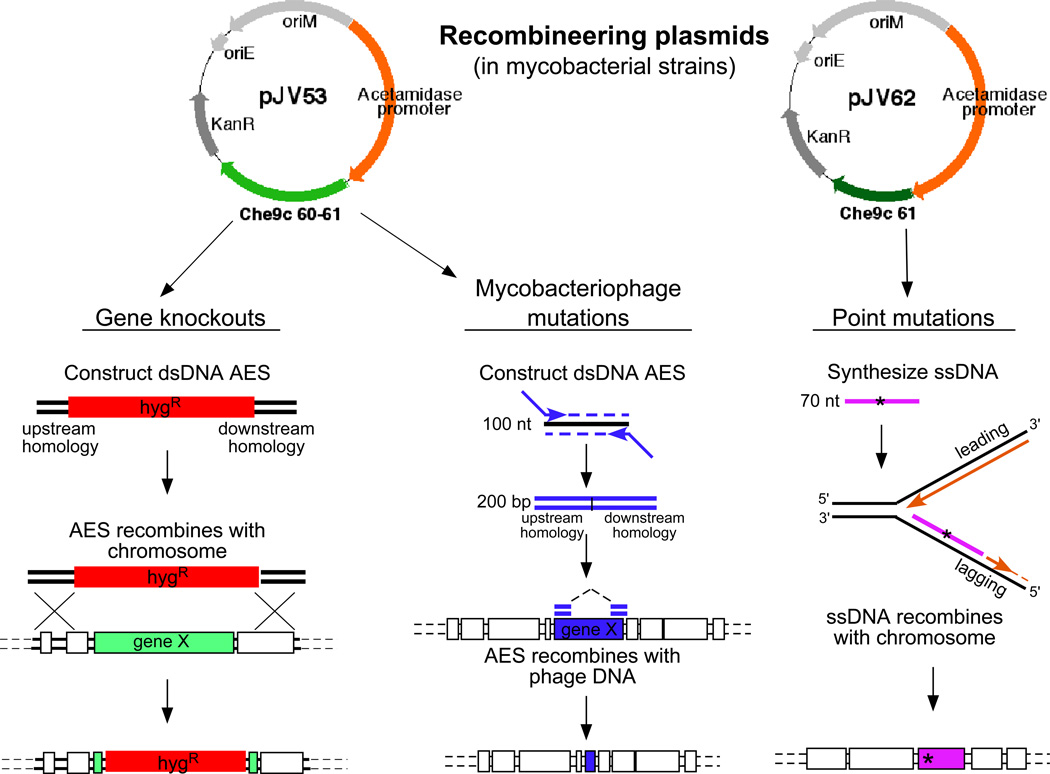Figure 2. Strategies for mycobacterial recombineering.
Plasmids pJV53 and pJV62 express Che9c gp60 and gp61 or just gp61 to facilitate dsDNA and ssDNA recombination respectively. Left: gene knockouts are made by targeted gene replacement with a linear dsDNA allelic exchange substrate (AES) that contains 500 bp of homology to the target locus flanking an antibiotic resistance gene (e.g. hygromycin; hygR). Middle: Mycobacteriophage mutants (either point mutants or deletion mutants) are made by synthesizing a 200 bp dsDNA AES by PCR using a 100 nt template and 75 nt extender primers. Right: point mutants constructed by synthesis of a 50–70 nt ssDNA substrate, centering the desired point mutation that will anneal to the lagging strand for DNA replication to undergo recombination.

